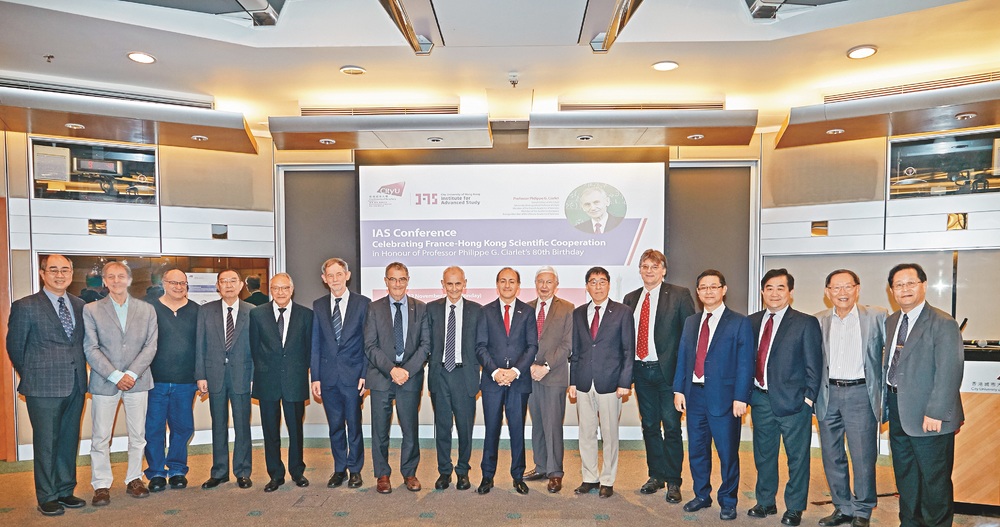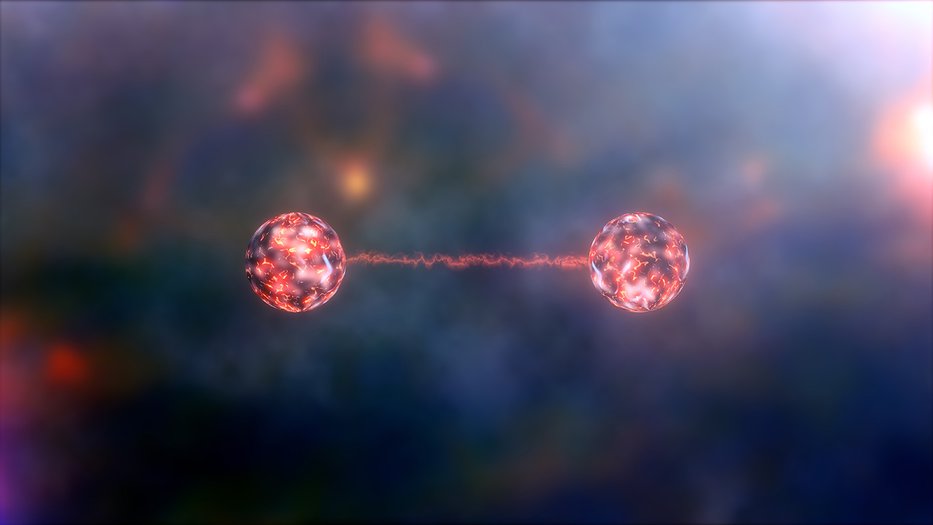Scientist wins Nobel for showing that reality isn’t real
Posted on October 27th, 2022
Courtesy Fridayeveryday.com
A VISITING HONG KONG scientist has just won the Nobel prize for experimentally proving that the real world… isn’t real.
Wait, what? The world isn’t real?
Correct. And even though the physical world is not real, it has nonetheless given scientist Alain Aspect the Nobel Prize for Physics, along with two other scientists in the same field of research.
Aspect is a Senior Fellow at the Hong Kong Institute for Advanced Study at City University. He’s actually a Frenchman, but he is on a team of top global scholars that visits Hong Kong regularly.

So, what did he and his colleagues actually discover? It’s interesting. To answer that question, we have to go back a century to the 1920s onwards. An argument started between Einstein and the fathers of a new field of science called quantum physics.

FLAWED THEORY
In 1935, Einstein said that the discoveries about the nature of the basic particles that made up everything in the world, including people and objects and space itself, were fundamentally flawed. Quantum physics as a theory only worked if the particles were not subject to the rules of time and space.
And that, of course, made no sense. It would mean that at a fundamental level, nothing was subject to the rules of time and space. Nothing was actually real.
Just try and defend that proposition, Einstein challenged his opponents.
The quantum fathers admitted that Einstein’s point was correct – but they stuck to their findings, even admitting that it made them sound like mystics. They even noted their theory’s similarity to ancient eastern sayings like reality is a dream in the mind of God”.
Early experiments suggested that Bohr, was correct – so Einstein said that the theory wasn’t wrong, but was certainly incomplete.
ONGOING DISPUTE
The dispute remained unresolved for decades. Einstein was seen as the leader of the side which said that reality was real, while the quantum fathers, led by Niels Bohr, said that reality was an illusion. It remained basically unsolved at the time of Einstein’s death in 1955.
But in the 1960s and 1970s, several scientists worked out solid experimental ways to check whether particles were physically real” or not. The findings were clear. They appeared to indicate that the quantum fathers were right.
REMARKABLE EXAMPLE
A big step was taken with an experiment designed in 1981. Aspect and his team split a photon (a unit of light) into two pieces and moved them 12 meters (40 feet) apart.

They then showed how the pieces behaved as if they were still parts of the same particle. This showed that as far as sub-atomic particles are concerned, there’s no such thing as time and space. And everything is made of subatomic particles, so there’s no such thing as time and space for anything. Or anyone.
In other words, physical reality – the 3D world in which we exist and move around in – is an illusion or a projection. This is now the default position in physics.
The bestselling science writer at the moment is Carlo Rovelli, who writes in his latest book: We are nothing but images of images. Reality, including ourselves, is nothing but a thin and fragile veil, beyond which … there is nothing.”
Congratulations to Professor Aspect.